The Tower Renewal Project (TRP) has big renovation plans for Toronto’s concrete towers, but executives of the EIFS Council of Canada are wondering why their members’ exterior finish insulation systems were overlooked.
Cladding and Insulation
Builders have a reputation – deserved or not – of being cynical about new building systems and technology. Many products and systems take years, even decades, to gain industry-wide acceptance.
A case in point is exterior insulation finish systems (EIFS), a cladding/insulation system which still isn’t taken seriously in some arenas after more than 20 years on the market. The billion dollar leaky condo affair in Vancouver in the 1990s – partly attributed to problems with EIFS – hasn’t helped its image.
Today, EIFS is commonly used in many commercial/residential applications throughout North America.
When applied properly it will last for many years, say proponents.
But EIFS has been overlooked for an ambitious program to “overclad” up to 1,000 aging residential highrises in the Greater Toronto Area and Hamilton and that has the EIFS industry upset.
The concrete slab towers — commonly put up as rental accommodation in the 1960s and ’70s — are now in need of a retrofit. The Tower Renewal Project (TRP) has big renovation plans for them, including the application of a metal panel system with exterior insulation over top of the existing concrete.
Executives of the EIFS Council of Canada wonder why its product was overlooked.
One of the TRP’s leading proponents is Graeme Stewart with E.R.A. Architects Inc. of Toronto. He believes EIFS “is a high maintenance product, relatively speaking.”
While EIFS is satisfactory on lowrise buildings, he is not a big fan of it in highrises because it doesn’t wear as well as some other cladding materials. Take metal, for example.
The EIFS Council of Canada expected to hear those kinds of negative words about its product 10-15 years ago, but today they are surprised by the dissing.
“That kind comment has put EIFS people on the defensive,” explains John Garbin, president of the Council.
He points out that neither of the two metal cladding systems that Stewart promotes for overcladding the towers has historical precedence in Toronto.
“They are the new kids in town. EIFS has a proven 20-year-plus history in both lowrise and highrise markets.”
And it continues to set new standards, Garbin adds. For example, Toronto’s Lido Wall Systems is applying EIFS to a 39-storey tower in Mississauga, west of Toronto.
Would an owner approve EIFS on a super tower if he thought it would only last 10-20 years, asks Garbin.
Peter Culyer, manager of marketing and technical services, Dryvit Systems Canada, points out EIFS can beat the two metal cladding systems on price and its very energy efficient. Dryvit is a major manufacturer of EIFS.
Moreover, it has longevity on its side – history bears this out. Just look to Europe – especially in Germany’s freeze-thaw climate similar to Toronto’s where EIFS has made a case for itself for more that half of a century.
The EIFS Council hasn’t made a formal proposal to the TRP group but that day will come as the renewal project starts to unfold, says Garbin.


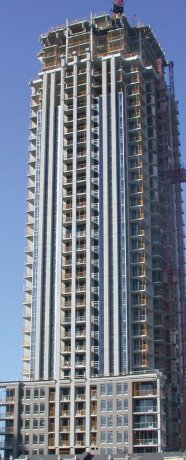

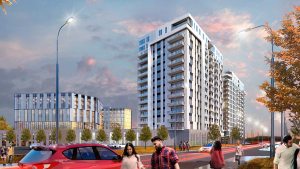
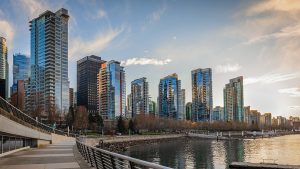
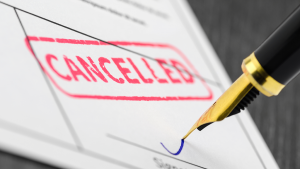
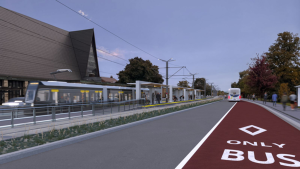



Recent Comments
comments for this post are closed